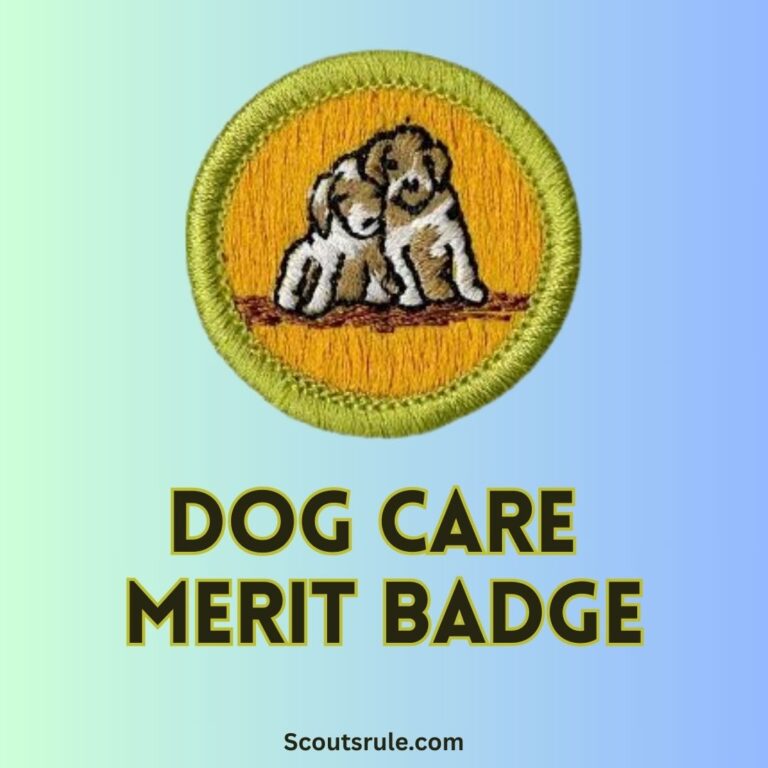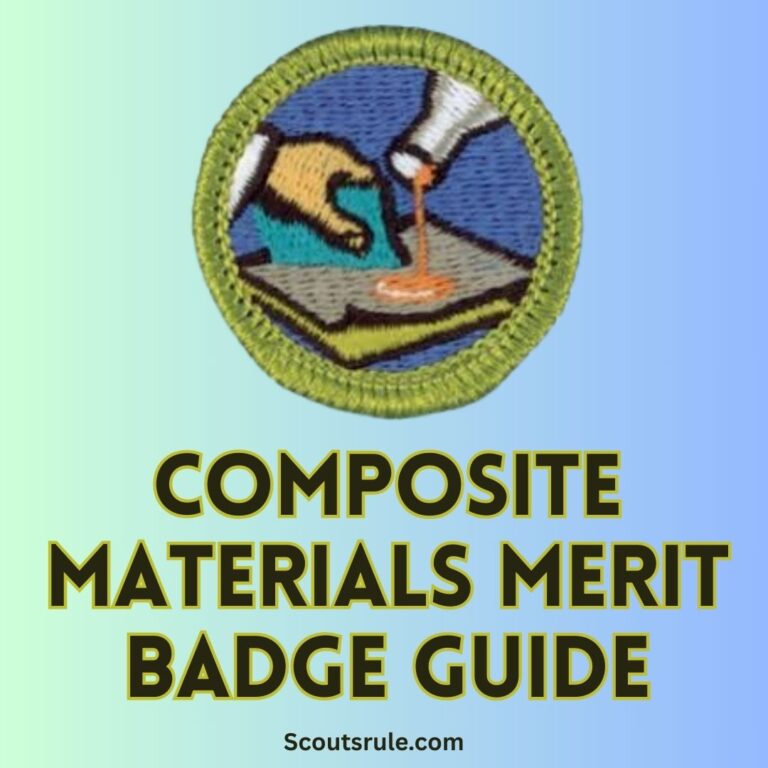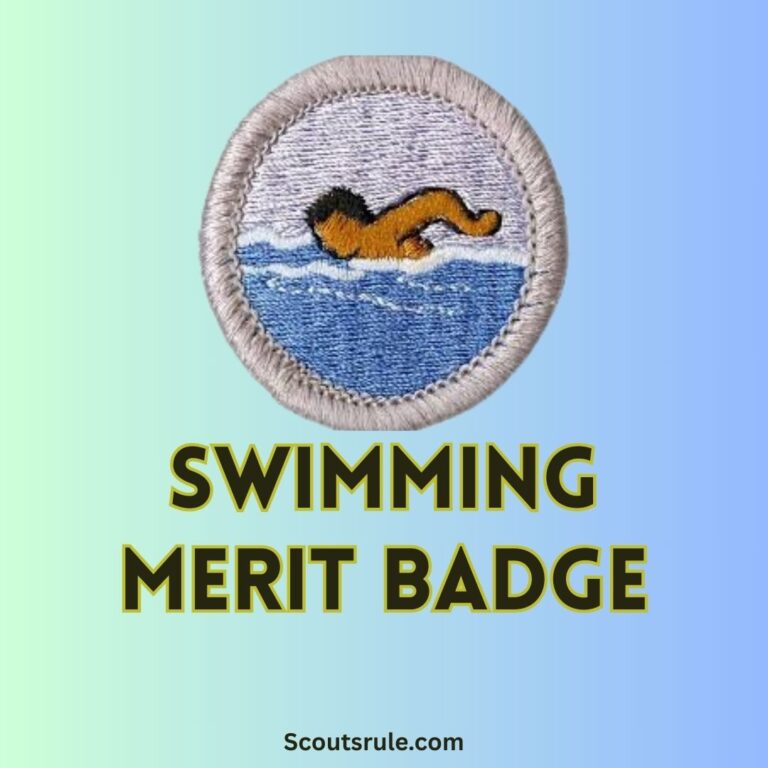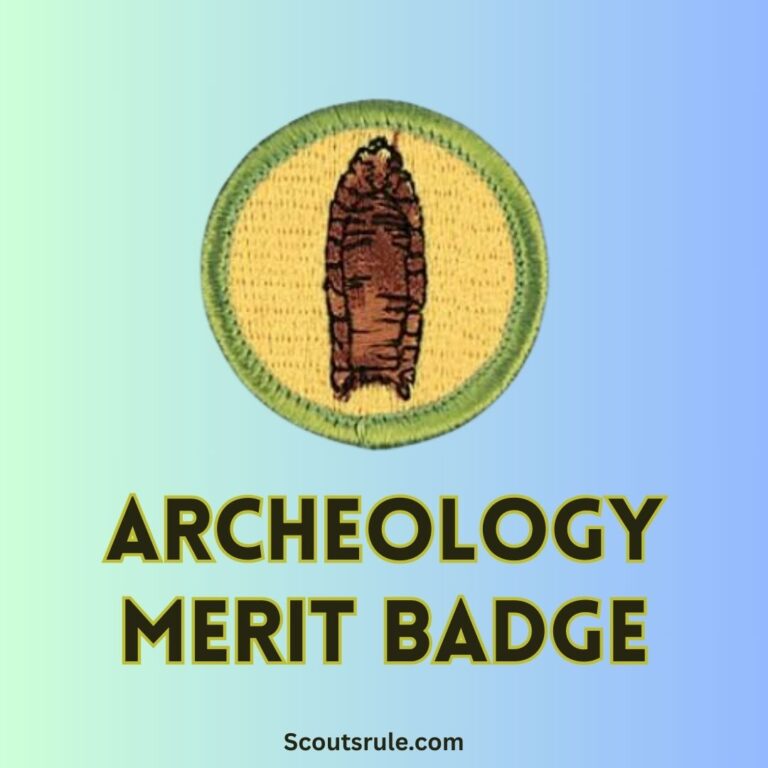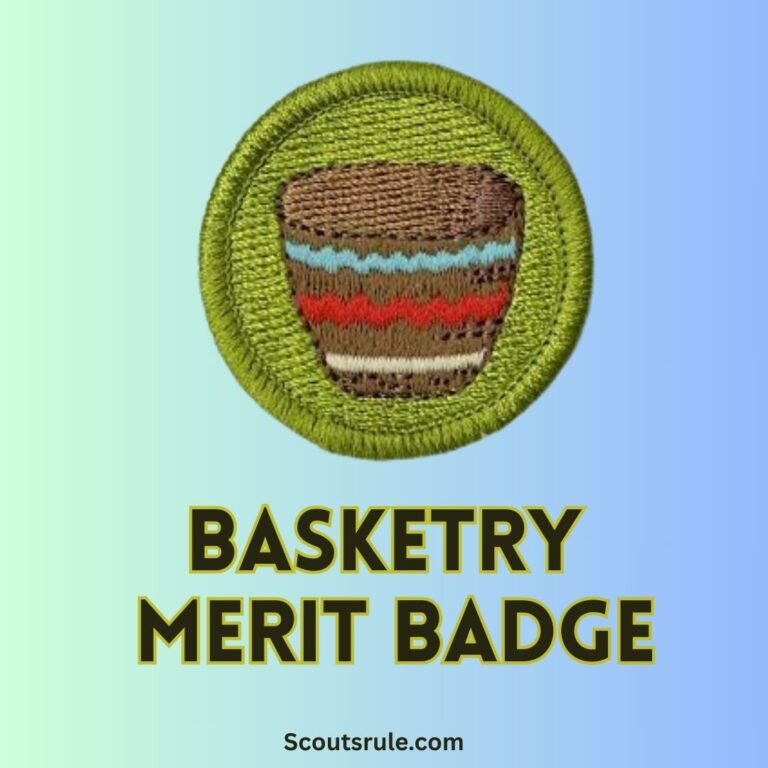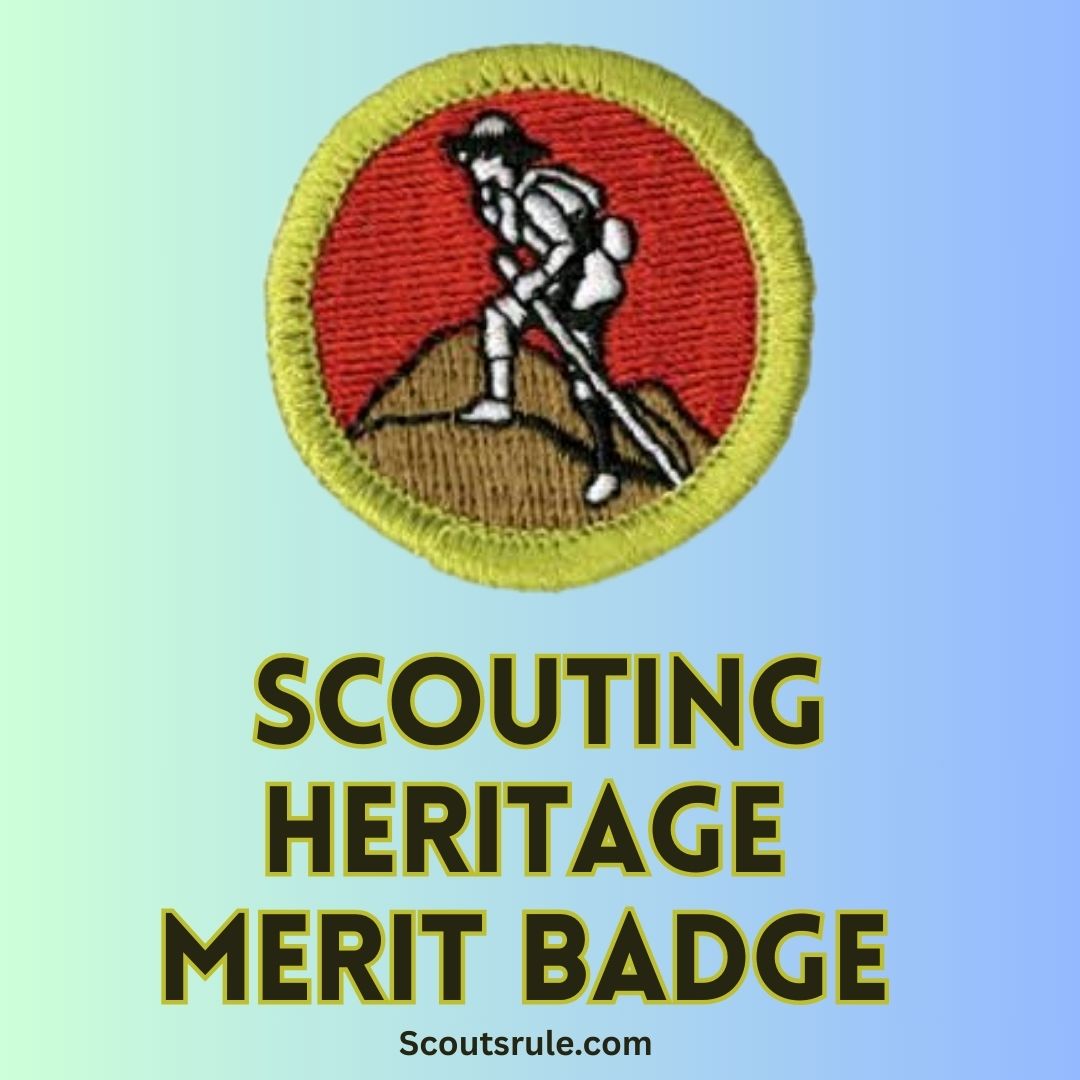
. This guide is designed to help you explore the history, traditions, philosophies, and accomplishments that have shaped Scouting from its early beginnings to the present day. It provides an in‑depth overview of the badge’s purpose and objectives, outlines the major requirements with suggestions for discussion topics and projects, and offers strategies for documentation and presentation—all to help you build a personal connection with the legacy of Scouting. Always use this guide as a supplement to the official Boy Scouts of America (BSA) Scouting Heritage Merit Badge pamphlet and work closely with your merit badge counselor to ensure that your work meets local council standards.
Post Contents
- Introduction: Discovering Scouting’s Legacy
- 2. Purpose and Objectives of the Scouting Heritage Merit Badge
- 3. A Brief History of Scouting
- 4. Evolution of Scouting Programs and Traditions
- 5. Understanding and Documenting Your Scouting Heritage
- 6. Hands‑On Projects and Discussions for the Merit Badge
- 7. Documentation, Record Keeping, and Presentation Strategies
- 8. Additional Tips, Resources, and Career Connections
- Conclusion: Carrying the Torch of Scouting Heritage
Introduction: Discovering Scouting’s Legacy
Scouting is steeped in a rich and varied heritage that reflects the dedication, resourcefulness, and creative spirit of youth around the world. From the early days of outdoor adventure and community service to the transformative ideas that shaped modern Scouting, the history of the movement offers lessons in leadership, citizenship, and the power of resourcefulness. The Scouting Heritage Merit Badge invites you on a journey of discovery—a chance to connect with the history and traditions behind every patch, uniform, and campfire song. By exploring its past, you can better understand the present and help preserve the spirit of Scouting for future generations.
Whether you have a longstanding passion for Scouting activities or are just beginning to explore the outdoors, this merit badge offers you the opportunity to delve into the stories, personalities, and milestones that have defined Scouting. The lessons you learn may inspire you to be a better leader, a more responsible citizen, and a dedicated advocate for the values that Scouting promotes.
─────────────────────────────
2. Purpose and Objectives of the Scouting Heritage Merit Badge
The main objectives of the Scouting Heritage Merit Badge are to help you:
- Learn about the History of Scouting: Investigate the lives and contributions of early pioneers such as Lord Baden‑Powell, Ernest Thompson Seton, Daniel Carter Beard, and other trailblazers who, through their ideas and actions, shaped the early Scouting movement.
- Understand the Evolution of Scouting Programs: Examine how the original program initiated by Baden‑Powell has evolved over time to accommodate various age groups and interests—spanning Cub Scouting, Boy Scouting, Exploring, Venturing, and beyond.
- Connect with Scouting Traditions: Explore the traditions, symbols, and ceremonies that have been passed down through generations. Learn how events like the Brownsea Island camp, the First World Scout Jamboree, and the creation of the Boy Scout Handbook have contributed to the Scouting legacy.
- Foster a Sense of Personal Heritage: Reflect on your own experiences within Scouting and consider how your troop, unit, or community has contributed to the greater movement. This connects personal memory with Scouting’s collective history.
- Develop Documentation and Presentation Skills: Record your research, interviews, field trips, and personal reflections as a means to preserve the heritage of Scouting and to share your findings with others.
By achieving these objectives, you not only complete a merit badge requirement, but you also gain a deeper appreciation of how Scouting has enriched lives through its values of citizenship, community service, and outdoorsmanship.
─────────────────────────────
3. A Brief History of Scouting
An essential part of the Scouting Heritage Merit Badge is understanding the origins and development of Scouting. This section provides an overview of how the movement germinated, grew, and spread across the globe.
3.1 The Early Inspirations: Baden‑Powell and His Vision
Robert Stephenson Smyth Baden‑Powell (1857–1941) is often credited as the father of modern Scouting. A British Army officer, Baden‑Powell was inspired by his experiences as well as his compassion for the underprivileged youth he encountered. He recognized the need for an organized method to instill self‑reliance, moral fortitude, and a love of the outdoors. Key points to explore include:
- His Early Life and Military Experience: How Baden‑Powell’s life prepared him to see the potential in structured youth programs.
- The Brownsea Island Camp: The first experimental camp held on Brownsea Island in 1907, which demonstrated that young people could gain leadership, survival, and outdoor skills.
- Foundational Scouting Concepts: The principles of self‑reliance, leadership by example, and service to the community that are still central to Scouting today.
3.2 Key Figures in Early Scouting: Seton, Beard, and Others
Along with Baden‑Powell, several influential personalities played vital roles in the development of Scouting in the United States:
- Ernest Thompson Seton (1860–1946): A naturalist and author, Seton emphasized the value of outdoor education and close observation of nature. His approach helped integrate the natural world into the Scouting experience.
- Daniel Carter Beard (1850–1941): Beard’s contributions included developing programs and activities designed to build character and leadership (often embodied in the “Cub Scouts” tradition).
- William D. Boyce (1858–1929): Often credited with introducing Scouting to the United States after encountering the movement in England, Boyce’s efforts helped establish Boy Scouting as a nationwide program.
- James E. West (1876–1948): As the first Chief Scout Executive of the BSA, West shaped many of the administrative and program policies that are still in place today.
Discussing the lives and legacies of these individuals provides insight into the diversity of ideas that created a robust, multifaceted movement. Compare and contrast their contributions, discuss how their ideas influenced Scouting’s evolution, and consider what challenges they faced in adapting the Scouting program to different cultures and societies.
─────────────────────────────
4. Evolution of Scouting Programs and Traditions
Scouting has not remained static. Over the decades, the program has evolved to meet the needs of youth at different stages of life and the changing societal landscape.
4.1 Scouting for Every Age: From Cub Scouting through Venturing
- Cub Scouting: Originally developed to introduce younger children to Scouting values in a more playful and accessible way, Cub Scouting emphasizes fun, basic outdoor skills, and community service.
- Boy Scouting: Focused on building character, outdoor and survival skills, and leadership abilities, Boy Scouting provides more challenging programs and is the core of the traditional Scouting experience.
- Exploring and Venturing: These programs offer more specialized and advanced opportunities for teenagers, such as career exploration in specific fields (e.g., law enforcement, aviation, environmental conservation) and leadership training through adventure and community service.
4.2 Milestone Events and Traditions in Scouting
Scouting is rich with traditions and events that have become symbolic of the movement:
- Brownsea Island Camp: The original camp that inspired Baden‑Powell to develop the Scouting program.
- The First World Scout Jamboree (1920): An international gathering that showcased the unity and diversity of the Scouting movement.
- Boy Scout Handbook and Scout Life Magazine: These publications have served as key resources for Scouts over the decades, offering guidance on skills, ethics, and the spirit of adventure.
- Regional and Local Traditions: Many units have unique customs that reflect local history or particular aspects of their community’s values. Documenting these gives you a personal connection to Scouting Heritage.
As you work on your merit badge, consider how these events and traditions contributed to Scouting’s reputation and helped spread its values across the world.
─────────────────────────────
5. Understanding and Documenting Your Scouting Heritage
One of the unique aspects of the Scouting Heritage Merit Badge is combining historical research with personal experience. Here are ways to document and reflect on the legacy of Scouting in your own life:
5.1 Collecting Scouting Memorabilia
Consider creating a personal collection of Scouting memorabilia that might include:
- Patches, pins, and badges earned over your Scouting career.
- Photographs from rallies, camps, or special events.
- Copies of documents, certificates, or newsletters that highlight significant events or achievements.
- These items serve as tangible reminders of your Scouting journey and provide a personal narrative that you can compare with the broader history of Scouting.
5.2 Reproducing Old-Time Scouting Games and Equipment
An optional but enriching project is to research and reproduce equipment for traditional Scouting games that were once played at historic camps like Brownsea Island. This might involve:
- Researching descriptions of past games or challenges.
- Creating replicas of simple tools or game equipment using available materials.
- Documenting the process with photos, diagrams, and written descriptions.
- Explaining how these games contributed to team building and the development of self-reliance.
─────────────────────────────
6. Hands‑On Projects and Discussions for the Merit Badge
The Scouting Heritage Merit Badge generally requires you to discuss and explore several topics with your counselor. Consider these discussion and project ideas:
6.1 Discussing the Life and Times of Lord Baden‑Powell
- Prepare a presentation or written report that covers:
- A biographical overview of Robert Baden‑Powell’s early life, military career, and the experiences that led him to develop the Scouting program.
- How his ideas on self‑reliance, preparedness, and community service resonated with youth and influenced the Scouting movement worldwide.
- Your personal reflections on what aspects of his vision are most relevant to you as a Scout today.
6.2 Biographical Summaries of Early Scouting Pioneers
- Choose at least two figures from early Scouting history (for example, Ernest Thompson Seton and Daniel Carter Beard) and write short biographies that include:
- Their contributions to the development of Scouting.
- The challenges they faced and how their ideas helped shape a positive youth programme.
- How their legacies continue to influence today’s Scouting programs.
- Use visual aids such as portraits, timelines, or maps to supplement your written summaries.
6.3 Discussing the Significance of Key Scouting Traditions
- Engage in a conversation with your counselor about the importance of historical Scouting events such as:
- Brownsea Island and its role as the birthplace of Scouting.
- The First World Scout Jamboree and its impact on creating an international brotherhood.
- The evolution of the Boy Scout Handbook and the role of publications like Scout Life magazine in promoting Scouting values.
- Prepare a reflection on how these traditions have enriched the Scouting experience and how they could be carried forward today.
6.4 Exploring the Evolution of Scouting Programs
- Discuss with your counselor how Scouting’s programs have been adapted over time, ranging from the basic outdoor experiences of early Boy Scouts to the specialized programs of Cub Scouting, Exploring, Venturing, and other Scouting ventures.
- Reflect on the changing interests and challenges faced by youth and explain how modern Scouting addresses these needs while staying true to its original principles.
─────────────────────────────
7. Documentation, Record Keeping, and Presentation Strategies
A vital part of the merit badge is demonstrating what you have learned through careful documentation. Consider these strategies:
- Detailed Journal Entries: Keep a dedicated notebook or digital journal documenting your research, discussions with your counselor, field visits, and personal reflections.
- Collection Portfolio: Gather copies of memorabilia, photographs, diagrams, and written reports. Organize these materials with a table of contents, clearly labeled sections, and dates.
- Visual Aids and Presentations: Create posters, slideshows, or digital presentations that summarize your projects and findings. Annotated timelines of Scouting history, maps of important events, and portrait collages of early Scouting leaders are excellent ways to showcase your work.
- Reflective Essay: Write a concluding essay that ties together your experiences, detailing how studying Scouting Heritage has deepened your understanding of leadership, citizenship, and tradition.
- Final Review Session: Meet with your merit badge counselor to present your portfolio and discuss your work. Be prepared to answer questions about your research, your personal experiences in Scouting, and your vision for preserving Scouting heritage.
─────────────────────────────
8. Additional Tips, Resources, and Career Connections
Additional Tips
- Early Research: Begin your research by reading both the official BSA materials and external sources such as books, documentaries, and reputable websites dedicated to Scouting history.
- Engage with Veterans: If possible, interview veteran Scouts or leaders who have a long history with Scouting. First‑hand stories provide valuable insights that you may not find in books.
- Visit Local Scout Offices or Museums: Many communities have memorabilia, archives, or exhibits related to Scouting history. These visits can enrich your understanding and offer material for your portfolio.
- Collect Personal Memorabilia: Don’t underestimate the importance of your own belongings: patches, photographs, and awards all contribute to your personal Scouting heritage.
Recommended Resources
- Official BSA Website: The Boy Scouts of America Scouting Heritage Merit Badge page provides up‑to‑date requirements and resources.
- Books on Scouting History: Look for titles such as “Scouting for Boys” by Baden‑Powell and other historical accounts of the Scouting movement.
- Documentaries and Videos: There are numerous online documentaries, interviews, and video essays that tell the story of Scouting’s early years and pioneers.
- Scoutles.com and ScouterMom.com: These and similar websites offer sample worksheets, guides, and additional insights tailored to merit badge requirements.
- Local Archives and Museums: Check with local historical societies, libraries, or Scouting museums for archival materials, photographs, or rare documents.
Career Connections
Studying Scouting heritage can ignite interests in a variety of fields:
- History and Archives: Careers in historical research, museum curation, and archival studies often require a deep understanding of cultural heritage.
- Youth Development and Education: Working in educational programs, camp administration, or community outreach can benefit from a strong background in Scouting.
- Leadership Training and Public Service: The values and traditions of Scouting can prepare you for roles in public administration, nonprofit management, or even military service.
- Heritage Conservation: Protecting and promoting cultural heritage is a burgeoning field that values skills in research, documentation, and public interpretation.
Explore these possibilities by talking with professionals in related fields, attending career workshops, or engaging in volunteer opportunities.
─────────────────────────────
Conclusion: Carrying the Torch of Scouting Heritage
The Scouting Heritage Merit Badge is more than a study assignment—it is an invitation to immerse yourself in the legacy of a movement that has shaped generations of young people around the world. As you delve into the histories of leaders like Baden‑Powell, Seton, Beard, and others, and as you examine the evolution of Scouting’s programs and traditions, you gain a deeper appreciation for the values that form the foundation of Scouting. These values of leadership, outdoor adventure, service, and community remain as relevant today as they were over a century ago.
Through hands‑on projects, meaningful discussions, and comprehensive documentation, you will articulate your connection to this heritage and help preserve the spirit of Scouting for the future. Your work will not only provide a record of your personal Scouting journey but also act as a bridge between the time‑honored traditions of the past and the innovative approaches of the future.
May your exploration of Scouting heritage inspire you to pass on the legacy of community service, integrity, and adventure to your peers—and may you always carry the proud traditions of Scouting with you as you grow into a responsible leader and citizen.
Happy exploring, and may the torch of Scouting heritage light your path toward a bright, impactful future!
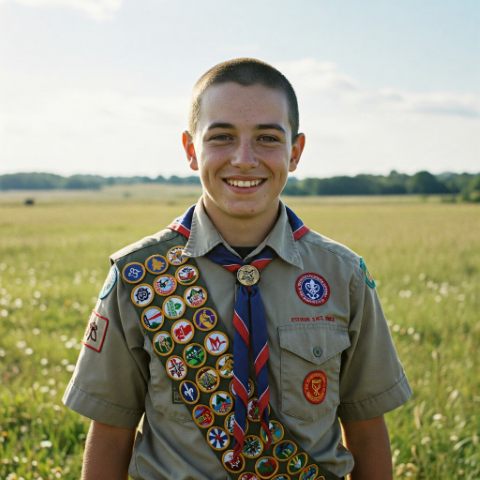
Hi, Robin here, A former lead Scout and here I share my inspiring stories about USA Scouts, leadership, adventure, how to guides and more.

